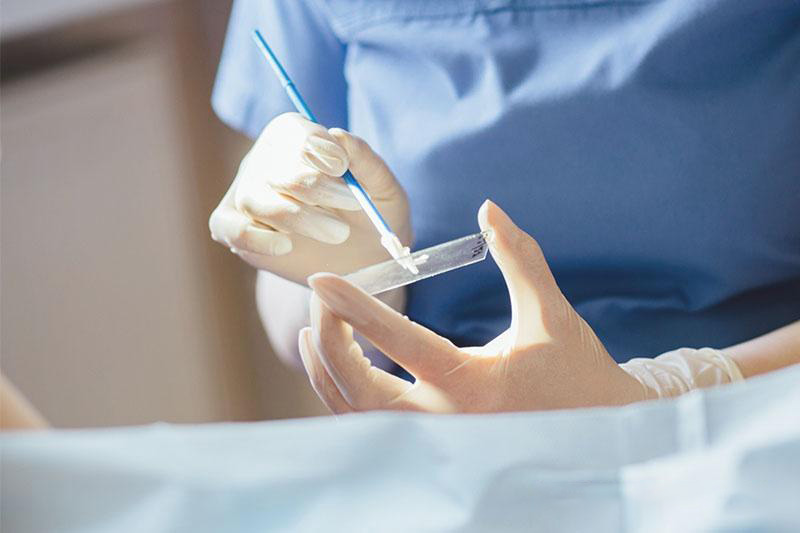Understanding the Distinction: Pap Test vs. HPV Test
2023-11-08

Regular screenings play a vital role in detecting and preventing cervical cancer. Among the various screening methods available, the Pap test and HPV test are two essential tools. In this blog post, we will explore the differences between these tests, shedding light on their purposes, procedures, and significance in maintaining women’s health.
1. Pap Test
The Pap test, also known as a Pap smear, is a well-established screening method used to detect abnormal cervical cells. It aims to identify any cellular changes that may indicate the presence of pre-cancerous or cancerous conditions. During the Pap test, a healthcare professional collects a sample of cells from the cervix to be examined under a microscope.
– Purpose: The primary purpose of a Pap test is to detect abnormal cervical cell changes early, preventing the progression to cervical cancer.
– Procedure: The procedure involves a quick and simple collection of cervical cells using a speculum and a small brush or spatula. The sample is sent to a laboratory for analysis.
– Frequency: Generally, women should start receiving Pap tests around the age of 21 and continue every three to five years, depending on their age and specific healthcare guidelines.
As consumables manufacturer in the field of in vitro diagnostic, MEDICO offers Pap Smear Test Kit, HPV Test Kit, If you are interested, please contact us (or click the link below to learn more:https://www.medicoswab.com/products/transport-medium/cell-preservation-solution/)
2. HPV Test
The HPV test is a screening tool designed to detect high-risk strains of the human papillomavirus (HPV) that can lead to cervical cancer. Unlike the Pap test, which examines cellular changes, the HPV test directly identifies the presence of the virus in cervical cells.
– Purpose: The primary purpose of an HPV test is to identify high-risk HPV infections that could potentially lead to cervical cancer. It helps in identifying women who are at a higher risk and require further monitoring.
– Procedure: The procedure for an HPV test is similar to a Pap test, involving the collection of cervical cells. In some cases, both the Pap and HPV tests are performed together using the same sample.
– Frequency: The frequency of HPV testing depends on various factors such as age, previous test results, and healthcare guidelines. Generally, HPV testing is recommended for women aged 30 and above, and the frequency is typically every five years.
3. Key Differences
While both tests are crucial in detecting cervical abnormalities, it’s important to understand their distinctions:
– Targeted Areas: The Pap test examines cellular changes and abnormalities, while the HPV test looks for the presence of high-risk HPV strains.
– Detection Focus: The Pap test focuses on identifying abnormal cell changes, including early stages of cervical cancer. The HPV test focuses on detecting the presence of high-risk HPV strains, which may lead to cervical cancer.
– Screening Frequency: Pap tests are typically performed every three to five years, while HPV tests are less frequent, usually every five years.
– Age Considerations: Pap tests are recommended for women starting from the age of 21, while HPV tests are generally conducted for women aged 30 and above.
Conclusion:
Both the Pap test and HPV test are valuable tools in the detection and prevention of cervical cancer. While the Pap test primarily identifies cellular abnormalities, the HPV test targets high-risk HPV strains. Regular screenings, as recommended by healthcare professionals, can significantly reduce the risks associated with cervical cancer. Remember, early detection is key, so consult your healthcare provider to determine the most appropriate screening schedule for you.
















